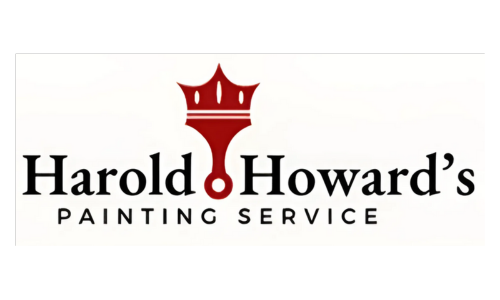The most appropriate strategy for hardwood floor repair Baltimore, MD will vary depending on the severity of the harm incurred. However, it is possible to repair a portion of hardwood flooring. In contrast to more substantial damage, such as deep gouges or water damage, which may call for more extensive repairs, minor scratches or dents may sometimes be fixed with a simple refinishing.
Following are some procedures to take while fixing a hardwood floor segment:
Identify the damage: Determining the level of damage to a hardwood floor is the first stage in repairing it. The majority of the time, little problems like tiny scrapes or dings may be fixed with a quick refinish. The planks might require being replaced if the loss is more serious, including deeper indents or flood damage.
Preparing the space: After you have examined the damages, you would have to start preparing the location for repairs. This could entail relocating any furnishings or carpets from the space, as well as sanitizing the affected region to make sure it is devoid of clutter.
Sand the affected areas: If the damages are slight, you may also be able to smoothen the damaged area to eliminate any scars or imperfections. Begin with coarse-grain sanding paper to erase any rough spots or irregularities, then transition to fine-grained sandpaper to level out the top.
Patch up gaps: Before repairing the flooring, you must patch up any crevices or splits that may have resulted from the damage. In order to fill in the holes or crevices, you could use resin filling or wooden filling. Choose one filling that complements the color of the adjacent wood, and be certain to do so.
Repaint the section: When you have covered in any crevices or splits and smoothed the damaged section, you must freshen up the spot. Utilizing a varnish or stain coat that is similar to the surrounding wood’s tone should be your first step. Before putting a protective sealer, like polyurethane, over top of the staining, let it set fully.
Repair defective panels: You may have to substitute the worn-out boards if the deterioration is more severe than simple scratches and dents. Although it could be more difficult to fix, it can be accomplished with the correct equipment and knowledge. Alternatively, you can hire a flooring handyman near Baltimore, MD to take care of the task.
Remove deteriorated planks: It is essential that you remove the ruined planks from the flooring in order to reinstall new ones. Start by cutting all along the side of the panel with a spherical cutter, paying careful attention not to cut into the adjacent planks. The panel can then be taken out of the floor with a chisel.
Create a substitute plank: After the defective plank has been taken out, a substitute panel must be shaped to suit the hole. For the substitute panel to fit tightly, make certain to accurately gauge the hole and cut the new plank accordingly.
Set up the substitute panel: Slip the new board into position by gluing the bottom of the panel with a light coating of bonding agent. To attach the panel to the neighboring panels, use nails and a hammer.
Final Finish: After the substitute, the plank is in position, sandpaper the region to make sure that the top is smooth and clean before applying a new coat of paint. Follow the exact procedure as before to complete the region once more.
